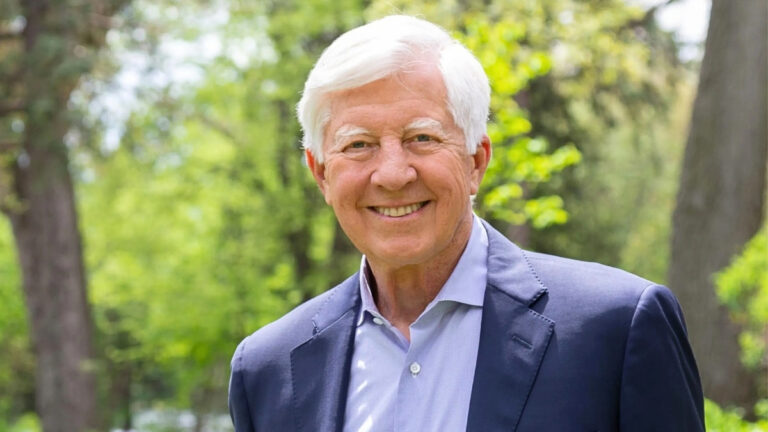Beyond the Genes: How Your Daily Choices Outpower Your Genetics in the Longevity Game
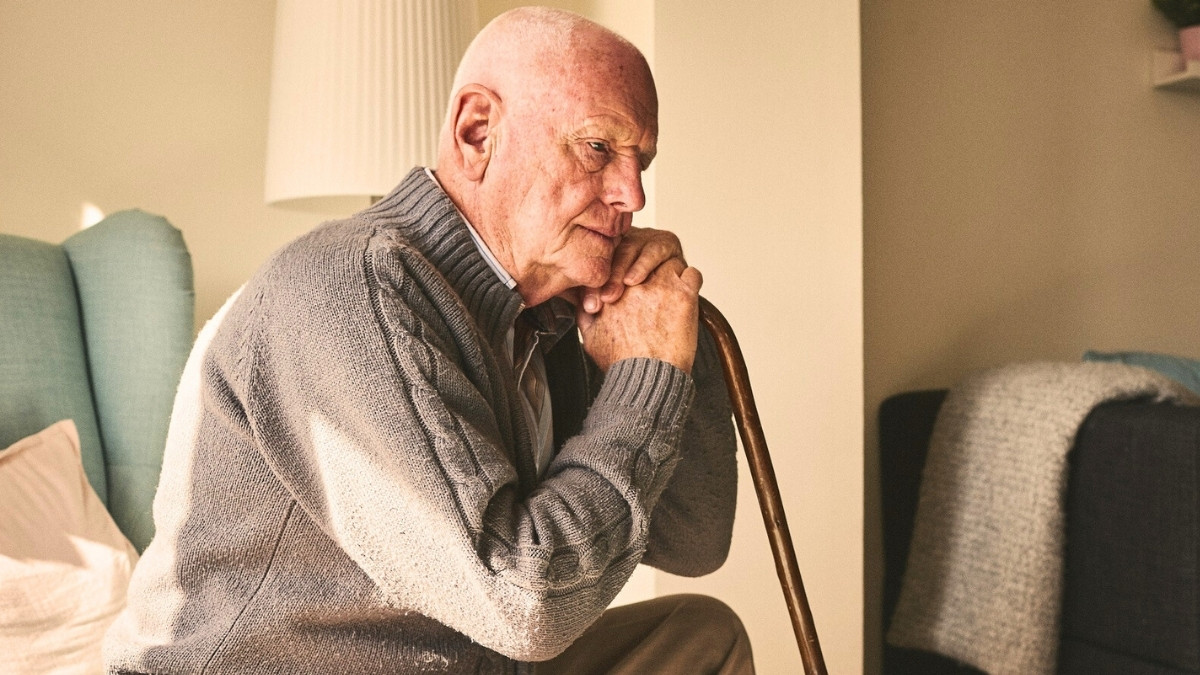
Your DNA is not your destiny — your daily choices are the steering wheel. The truth is, you can outpower your genetics more than most people realize.
Maybe you’ve been told that heart disease “runs in the family.” Or you’ve worried that your parent’s diabetes or memory loss means you’ll face the same. Many people assume their genes are a fixed script. That belief leaves some ignoring prevention altogether, while others chase quick fixes and gimmicks that don’t work.
But here’s the better news: research shows genes only set probabilities. Lifestyle decides the real outcome. Studies on twins estimate heredity explains just 20–30% of lifespan. That means up to 70% is influenced by what you eat, how you move, how you sleep, and how you handle stress.
In this article, you’ll see exactly where the balance lies in genetics vs lifestyle. You’ll learn the four daily habits that make the biggest difference, get micro-actions you can try right away, and walk away with a simple 30-day plan.
Think of it as your starter guide to a longevity lifestyle — practical, evidence-based, and built for real life.
Genes vs Lifestyle: What Science Actually Says
You might worry that your family history locks in your future. The truth is, genes give you a risk range, not a fixed outcome. Studies on twins show that heredity explains only about 20–30% of how long people live. That means most of your lifespan comes down to what you do every day.
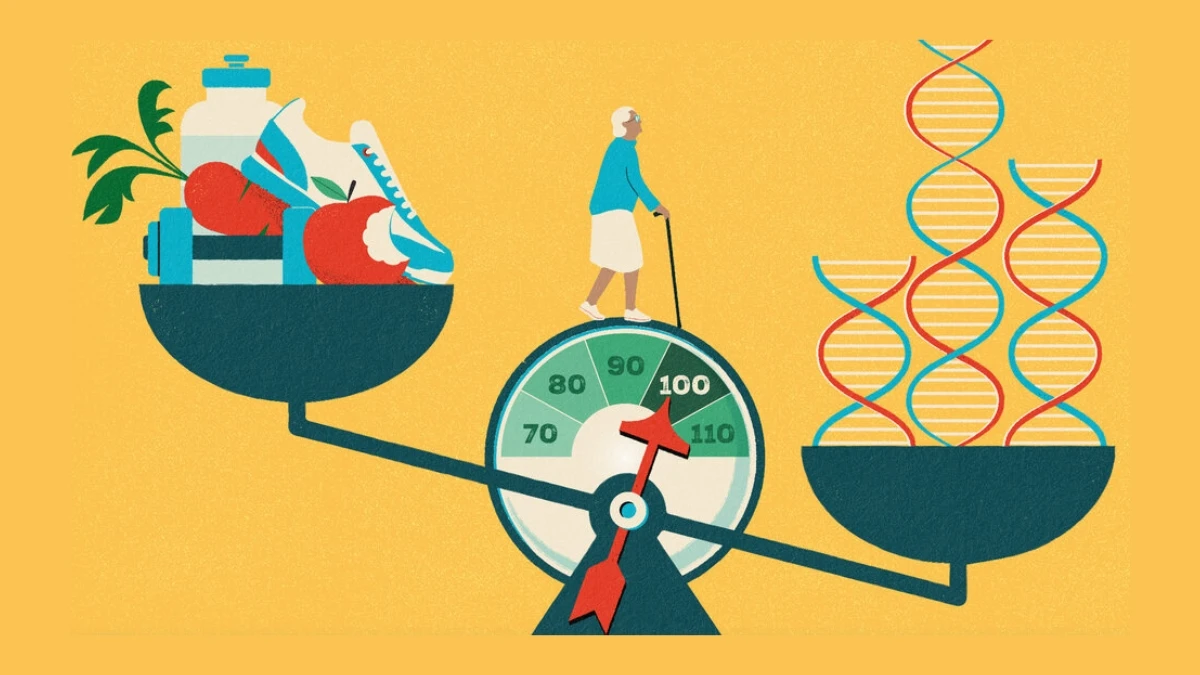
This is where epigenetics comes in. Think of it like a set of switches on your DNA. Choices such as what you eat, how you sleep, and how you move can flip these switches on or off. That’s why two people with similar genes can age very differently.
Real-world examples back this up. In Blue Zones—places like Okinawa, Japan—people live longer not because of special genes, but because they walk daily, eat mostly plants, and keep strong social ties.

Research also shows that regular moderate exercise lowers your risk of dying from any cause by about 20–30%. That’s as powerful as many prescription drugs.
So yes, your DNA matters. But daily choices carry more weight. You can outpower your genetics by stacking healthy habits, one step at a time. And that’s good news—you’re in control of more than you think.
Top Daily Habits That Outpower Your Genetics
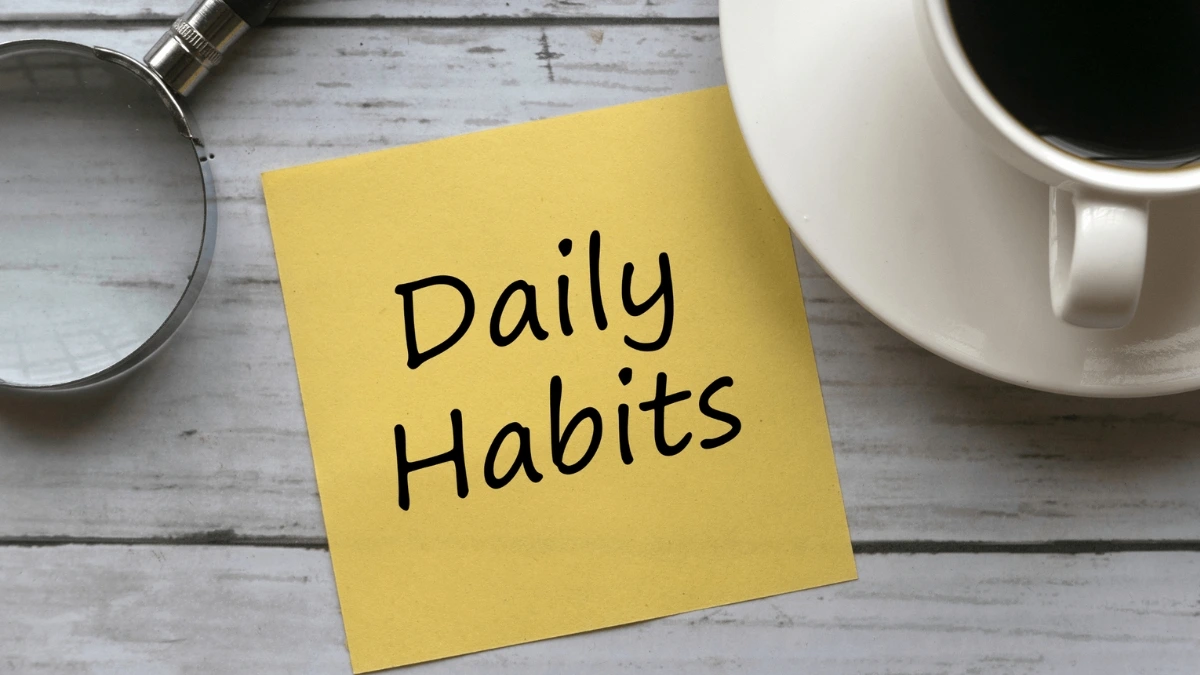
Four daily habits have the biggest impact. If you want to tip the scale in your favor, start here. Small moves in these areas add up fast.
Sleep well. Your body repairs itself at night. Poor sleep raises risk for heart disease and memory loss. Try this today: set a consistent bedtime and wake time, even on weekends.
Keep moving. Exercise lowers disease risk and keeps muscles strong as you age. You don’t need hours at the gym—walking counts. Try this today: take a 10-minute walk after your biggest meal.
Eat for health. Food choices affect inflammation and blood sugar. More plants, fiber, and healthy fats support longer life. Try this today: add one extra serving of vegetables to your plate.
Manage stress and stay connected. Stress speeds aging, but calm routines and close bonds protect your health. Try this today: call a friend or spend five minutes doing deep breathing.
Do these first three—sleep, move, eat—for 30 days. They produce outsized returns. Then add stress and connection to make your plan even stronger.
Nutrition: Eat to Influence Your Genes
Diet interacts with genes via inflammation, insulin sensitivity, and epigenetic marks. That means the food on your plate can change how your body “reads” your DNA. You may carry risks for heart disease, diabetes, or early aging, but eating patterns can shift the outcome.
The big picture matters more than single foods. Diets rich in vegetables, beans, whole grains, and healthy fats help lower inflammation and protect your heart. On the flip side, ultra-processed foods, excess sugar, and trans fats push your body in the wrong direction.

Timing is also part of the story. Research suggests that eating within a 10–12 hour window supports better blood sugar control and may help your cells repair. For example, breakfast at 8 AM and dinner by 6 PM gives your system the rest it needs overnight.
Nutrients play a role too. Fiber feeds your gut bacteria, omega-3s protect the brain, and colorful plants provide antioxidants that may slow down cellular aging. These small pieces add up and shape your long-term health.
Sample Day (10–12 hour eating window):
- Breakfast (8 AM): Oatmeal with berries and walnuts
- Snack (11 AM): Apple with peanut butter
- Lunch (1 PM): Lentil soup with side salad
- Dinner (6 PM): Grilled salmon, quinoa, steamed broccoli
Close the kitchen after dinner, sip water or tea, and let your body rest. Try this style of eating for a week, then use it as part of your 30-day plan.
Move Smart: Exercise that Changes Biology
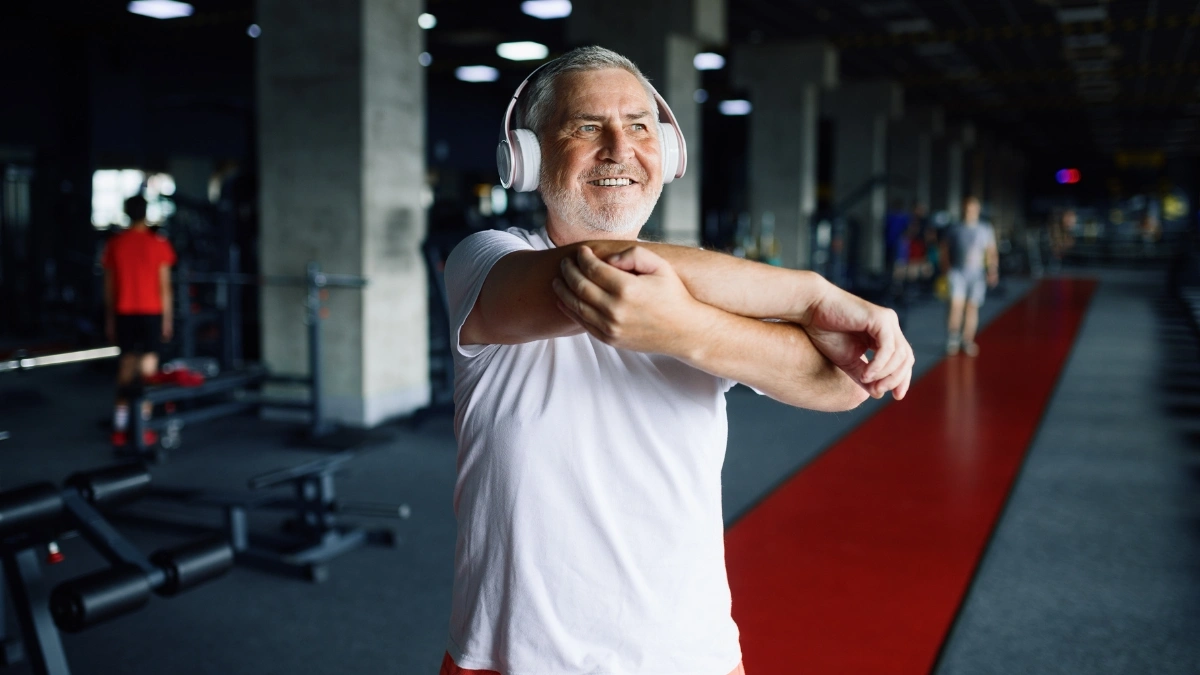
Muscle is the single most important tissue to protect as you age. Loss of muscle leads to weakness, falls, and poor quality of life. The good news is you can build and maintain it at any age.
Start with strength training. Lifting weights or using your body weight signals your muscles and bones to stay strong. Aim for two sessions per week. You don’t need fancy gear—just a chair, some floor space, or light dumbbells.
Cardio is next. Brisk walking, cycling, or swimming builds stamina and supports your heart. Three 20–30 minute sessions per week are enough to make a difference. Even short bouts count.
NEAT—short for “non-exercise activity thermogenesis”—is the daily movement outside workouts. It’s things like taking the stairs, standing while on the phone, or gardening. These small moves raise calorie burn and keep your body active all day.
Finally, remember recovery. Muscles grow when you rest, not when you train. Sleep 7–9 hours, stretch, and take an easy day if you feel worn down. Skipping recovery only slows progress.

Beginner Strength Session (2 sets each):
- Squats — 10–12 reps (use a chair for support if needed)
- Push-ups — 8–10 reps (kneeling if easier)
- Glute bridge — 12–15 reps
Simple Weekly Template:
- 2 days: strength session (20–30 min)
- 3 days: cardio (20–30 min)
- Every day: at least 7,000 steps or 10–15 min of light movement
Start with this 4-week plan. Track how you feel, not just the numbers. You’ll notice more energy, stronger muscles, and steadier moods. And that’s how you outpower your genetics—by moving with purpose, every single week.
Sleep, Stress & Recovery

You can eat right and train hard — but poor sleep can erase gains. Your body repairs muscles, balances hormones, and clears waste while you sleep. Skimp on rest, and everything else suffers. Aim for 7–9 hours most nights. Keep the same bedtime and wake-up time, even on weekends. A dark, cool room helps.
Stress is the next piece. Chronic stress raises blood pressure, shortens telomeres, and drains energy. You can’t avoid stress, but you can train your body to calm down. A simple tool is box breathing: breathe in for 4 seconds, hold for 4, breathe out for 4, hold for 4. Repeat for 2–3 minutes whenever tension spikes.
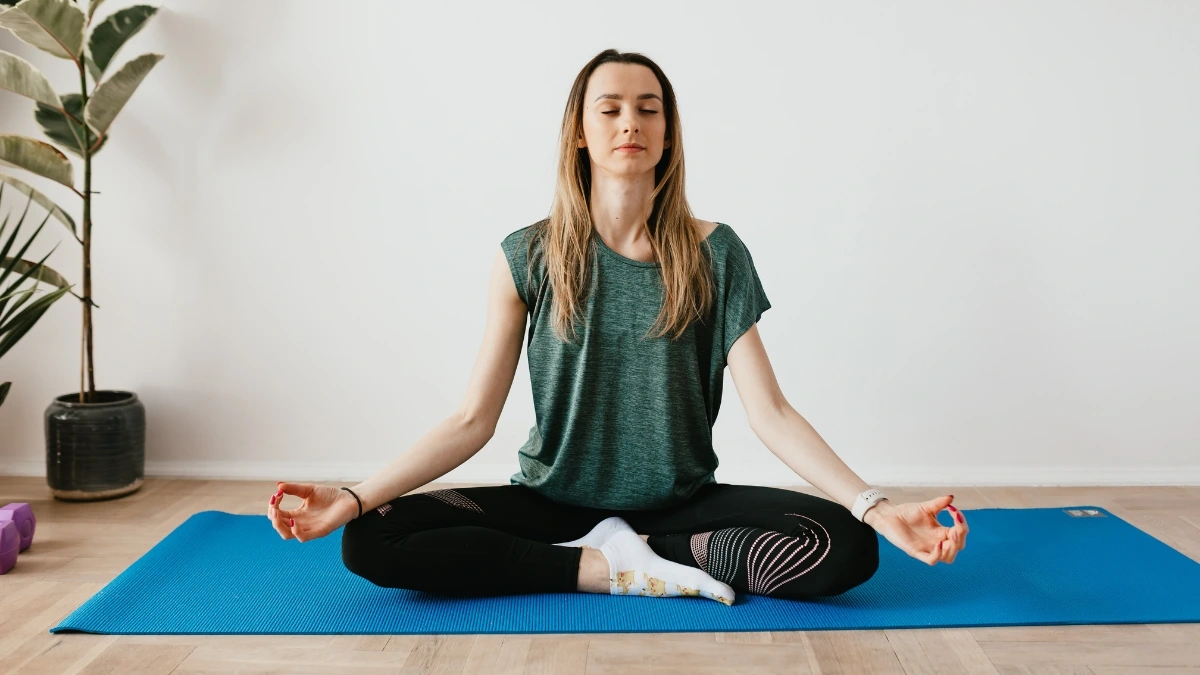
Recovery matters too. Muscles need downtime. That means rest days, stretching, or light walks after tough workouts. Sauna or short naps can help, but even 10 quiet minutes with your eyes closed makes a difference.
5-minute wind-down routine: Turn off screens. Dim the lights. Sit in bed and take 10 slow breaths. Write down one worry and one win from your day. Read two pages of a light book. Then close your eyes. This helps your brain switch from “on” to “off.”
Track your sleep for 2 weeks. Note bedtime, wake time, and how rested you feel. Adjust one habit at a time until mornings feel easier.
Environment, Toxins & Smart Health Tracking

You can’t control everything — but you can control exposures that add up. Smoking, heavy drinking, and poor air quality speed up aging. Cutting back or quitting gives an immediate benefit. At home, open windows when cooking, use air filters if needed, and choose fewer harsh chemicals for cleaning.
Think about what goes in, too. Limit processed meats, added sugars, and excess alcohol. These aren’t about perfection — just tipping the balance. Even one less soda or one extra glass of water a day moves you closer to health.
Your inner numbers matter as much as your habits. Biomarkers can spot silent risks early. Ask your doctor for these five basics:
- Lipids (cholesterol panel) — yearly
- Fasting glucose or HbA1c — yearly
- C-reactive protein (CRP) — every 1–2 years
- Vitamin D — every 1–2 years, especially in winter
- Basic metabolic panel — yearly
These tests give a snapshot of your heart, blood sugar, and inflammation. They show whether your lifestyle is working or if you need to adjust.

Work with your clinician to set a schedule that fits your health history. Then pick one environmental change to tackle this month — like swapping daily soda for sparkling water, walking instead of driving short trips, or checking your local air quality before outdoor workouts.
Small, steady changes stack up. Start with one today.
Conclusion:
Your genes shape your starting point, but they don’t lock in your future. Science shows that heredity explains only a fraction of how long we live. What tips the scale are the choices you make every day.
The biggest levers are simple. Sleep gives your body the reset it needs. Movement keeps muscles strong and lowers disease risk. Nutrition calms inflammation and supports healthy metabolism.

And stress and social connection help protect your brain, heart, and mood. None of these require perfection. Small steps, done consistently, move the needle more than chasing the “perfect” plan.
You don’t have to guess where to begin. Start with a 7-day trial: set a regular bedtime, take a daily walk, swap one snack, and practice a two-minute breathing break.
Then expand with the 30-day checklist and track how you feel. For deeper insights, schedule a basic lab panel or talk with your clinician about your personal risks.
Your future health is not written in stone. Each decision is a vote for the life you want. With steady habits, you really can outpower your genetics.



